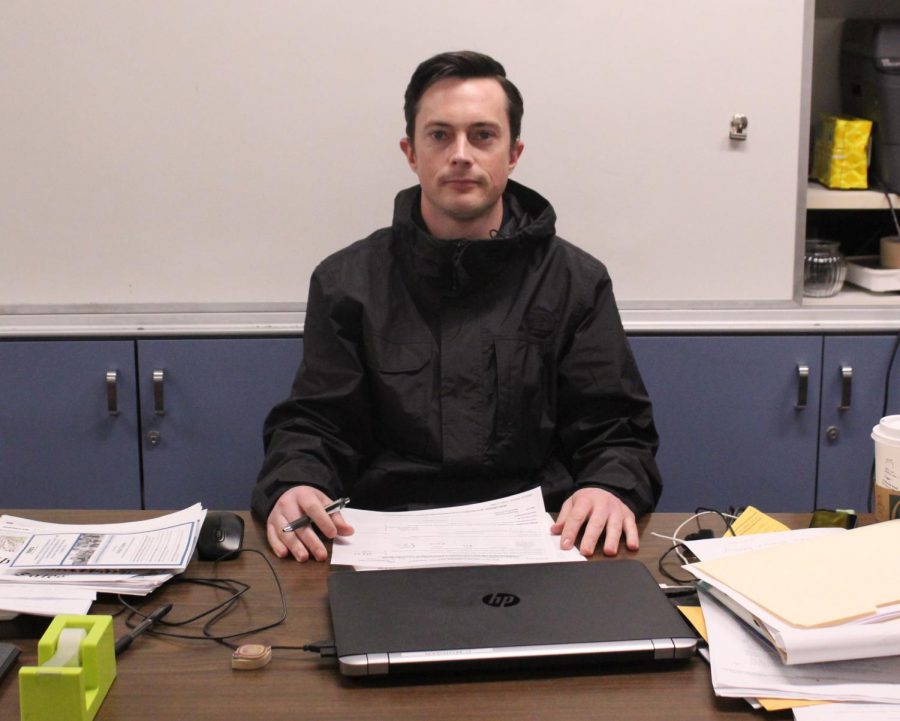Teacher spent time tutoring inmates
While a junior at UC Berkeley, Diamond Bar High School English teacher Cage Morgan spent time in San Quentin Prison—as a teacher.
Morgan was one of 80 students who signed up for Teach in Prison at Berkeley. After a quick crash course on how to deal with the different atmosphere of a prison and its prisoners, the students were divided into groups of around 20 people to tutor the prisoners on basic algebra and writing.
“There was no teaching orientation and for the two days of class, it was basically…[a] crash course on how not to endanger yourself,” Morgan said.
He would arrive around 8 a.m to carpool with his group to the maximum security
facility, which held notorious criminals at the time, including infamous murderer Charles Manson.
Due to the sensitive nature of San Quentin Prison, Morgan endured rigorous security checks every visit. He would go through an one-hour screening process before finally attending his private one-hour tutor session with a low risk prisoner, one who was convicted of lesser crimes such as drug offenses or fraud.
After the session, Morgan would have to go through another hour of security checks in order to prevent any drugs, messages and cell phones from traveling out of the facility.
Morgan remembers one of the younger inmates he met at the prison. They had just an hour session of writing in which Morgan was coaching him on a writing prompt on doping in sports.
“I remember laughing to myself because his thesis for his essay was that it should be allowed in sports,” Morgan said. “He took an interesting angle and through that I got to know him pretty well. He was a great guy.”
Another memorable moment during his four months of the program was relearning Algebra with his inmate students.
“I hadn’t looked over algebra for a couple of years and just forgot to do some things,” Morgan said. “I was looking at the textbook with the prisoner I was tutoring and having to learn it side by side while I was tutoring, so that was a fun experience.”
The inmates in the program had the opportunity to have their sentences reduced by six months to a year if they passed the GED, the high school equivalency exam. According to Morgan, the parole board wanted the prisoners to work toward integrating back into society after being released from prison, and passing their GED would allow them to gain better job opportunities.
Morgan said that the most difficult part of the experience was witnessing how the inmates were living during their time in the prison.
“I remember one time they gave us a tour of the entire prison and just walking through the ward for mental patients was horrifying.” Morgan said. “There are just people screaming at the top of their lungs, rattling on the bars. It smelled awful.”
The Teach in Prison course is still ongoing and Morgan highly recommends the eye-opening course. It was this class that secured his decision to pursue a career in teaching.
Your donation will support the student journalists of Diamond Bar High School. Your contribution will allow us to purchase equipment and cover our annual website hosting costs.









